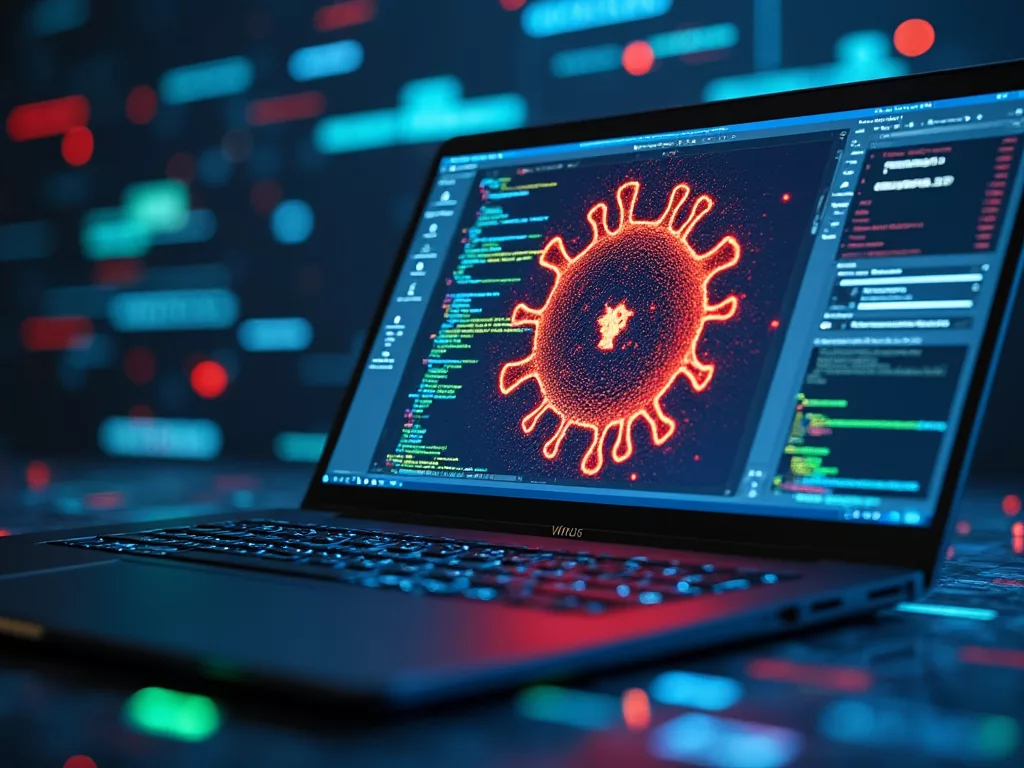In today’s digital age, protecting your computer from viruses and malware is crucial. A computer infected by virus can compromise your personal information, slow down your system, or even damage your hardware. Here’s how you can check if your computer might be infected by virus and what to do if it is.
Table of Contents
Overview
Computer viruses come in various forms, from simple adware to sophisticated ransomware. The signs of infection vary, but there are common symptoms that can alert you to a potential problem. Here’s how to diagnose and tackle these unwanted digital invaders.
Signs Your Computer Might Be Infected by Virus
- Slow Performance: If your computer suddenly runs much slower than usual, it could be bogged down by a virus.
- Pop-up Ads: An increase in pop-up ads or unexpected browser redirects can indicate adware or spyware.
- Crashes and Errors: Frequent system crashes, blue screens, or applications failing to respond might signal malware interference.
- Unusual Hard Drive Activity: If your hard drive is constantly active even when you’re not using the computer, it could be a sign of malicious activity.
- Changed Settings: Look for changes in your homepage, default search engine, or installed toolbars that you didn’t authorize.
- Missing or Corrupted Files: Viruses can delete or corrupt your files.
- High Network Activity: If your internet activity is unusually high, malware might be communicating with the outside world.
How to Check for Viruses
Step 1: Use Built-in Tools
Windows:
- Open Windows Security (formerly Windows Defender) by searching for it in the start menu.
- Go to Virus & threat protection
- Click on Quick scan or Full scan for a more thorough check.
Mac:
While Macs have built-in protections, you can also use XProtect for basic checks or download a reputable antivirus like Malwarebytes for Mac.
Step 2: Check Task Manager or Activity Monitor
- Windows: Press
Ctrl + Shift + Escto open Task Manager. Look for processes with high CPU or memory usage that you don’t recognize. - Mac: Use
Command + Option + Escto open Force Quit Applications, which can show you if any app is consuming excessive resources. You can also use Activity Monitor for a detailed view.
Step 3: Use Online Scanners
If you don’t have antivirus software or want a second opinion:
- Use online scanners like ESET Online Scanner or Microsoft Safety Scanner.
- These tools can run a scan without needing a full installation.
Removing the Virus
- Enter Safe Mode: Restart your computer in Safe Mode to prevent most malware from loading:
- Windows: Restart your PC, and as it boots, press
F8orShift + F8(varies by version). - Mac: Restart and hold down the Shift key.
See also: Tips to save battery life on Macbooks
- Windows: Restart your PC, and as it boots, press
- Run Antivirus Software: Use your installed antivirus to perform a full system scan. If you don’t have one, now would be a good time to install a reputable option like AVG Free, Avast, or Bitdefender.
- Remove Suspicious Programs: Go to Control Panel > Programs > Programs and Features on Windows, or Applications folder on Mac, and uninstall anything unfamiliar or suspicious.
- Clean Up Temporary Files: Use tools like Disk Cleanup on Windows or third-party apps like CCleaner for both Windows and Mac to remove unnecessary files that might harbor malware.
- Restore or Reinstall: If the virus has severely damaged your system, consider using System Restore or, as a last resort, reinstalling your operating system.
Preventive Measures
- Regular Updates: Keep your operating system and software up to date.
- Be Wary of Downloads: Only download software from trusted sources.
- Email Caution: Don’t open attachments or click on links from unknown sources.
By following these steps, you can diagnose, clean, and protect your computer from viruses. Remember, prevention is always better than cure, so keep your defenses up!



























